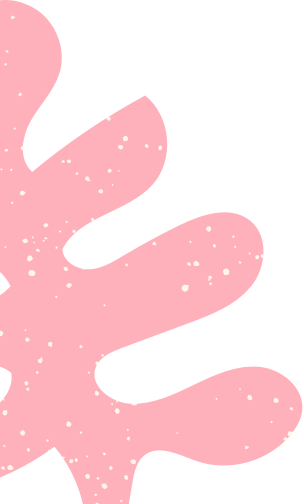Sloth Bear
Sloth Bear
Melursus ursinus
Sloth bears are classified as Vulnerable by the International Union for Conservation of Nature (IUCN). It is estimated there are fewer than 20,000 sloth bears left in the wild. This decrease is due to habitat loss and poaching. They are hunted for their bones and claws that are used in local medicine and also have developed a malevolent reputation due to local legends and increased contact with humans. The sloth bear has received extremely limited conservation efforts and awareness from governments, but the Indian non-profit organization Wildlife SOS has done research in identifying sloth bear denning habits and locations in the Deccan Plateau. They also participate in awareness programs in local communities to mitigate the effects of increased human contact with the sloth bear population.
What are they like?

Physical Description: Sloth bears have long, narrow, pointed snouts with nostrils that can be closed at will to protect their noses from dust, debris, and insects while raiding insect mounds. Their coloration is mostly black and brown with a long, shaggy coat and a distinguishing white or yellowish patch on their chests. Sloth bears have long, curved claws that allow them to dig in termite mounds and forage in trees. Males can weigh between 175-310 pounds while females weigh between 120-210 pounds.

Life Span: In the wild, sloth bears can live up to 20 years. In zoos, sloth bears can live 20-30 years.

Diet: In the wild, sloth bears specialize in eating termites, but they also eat eggs, insects, honeycombs, carrion, and various kinds of vegetation. At the Zoo, our sloth bears eat an omnivore diet, apples and raisins, bear chow, apple juice, honey, and peanut butter.

Social Structure: Sloth bears are mainly solitary animals—however, they will congregate in groups if food is abundant.

Habitat: Sloth bears live in a variety of dry and wet forests, as well as in some grasslands where boulders, scattered shrubs, and trees provide shelter.
Where do they live?
Sloth bears can be found in Eastern India, Nepal, and Sri Lanka.
Did you know?
- Sloth bears have special adaptations for feeding extensively on termites; their nostrils can be closed voluntarily and their 3-5-inch claws are used to tear open termite mounds. They also have long snouts for reaching into termite mounds.
- Their lungs are so powerful that they can huff and dislodge termites 8-10 feet under the ground.
- Sloth bears use their long claws to hang and sleep upside down from trees—this is how they got their name!
- Sloth bears are the only bears to carry young on their backs.
- They are generally not aggressive, but they have poor eyesight and hearing. As a result, people often can get quite close to them. However, when startled, sloth bears will attack in self-defense.
